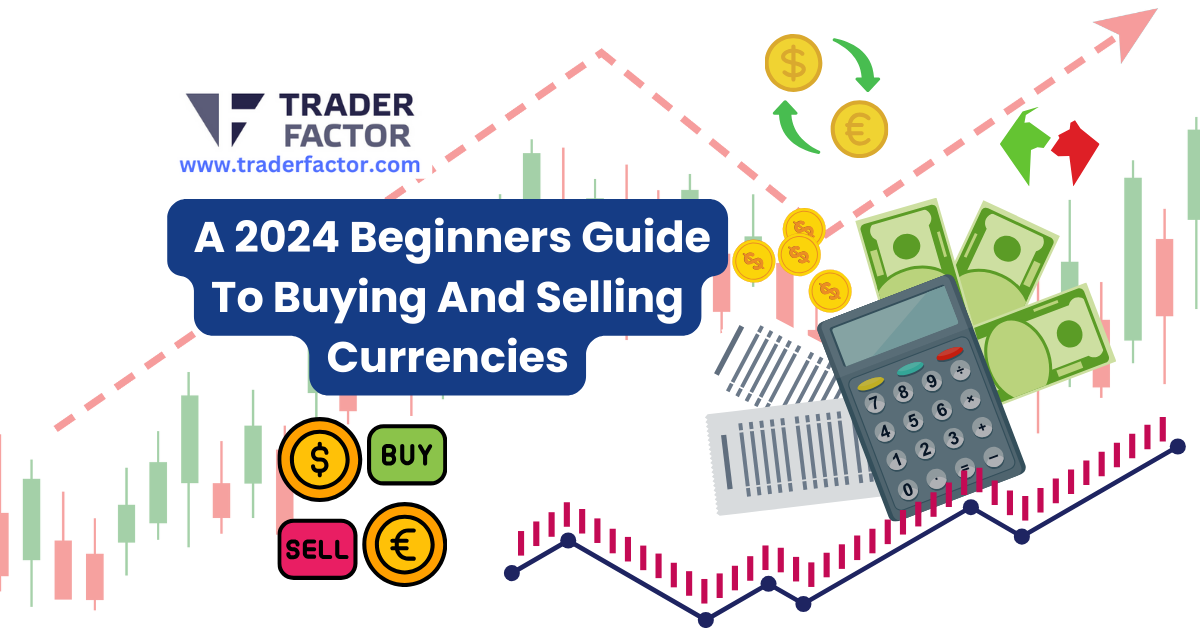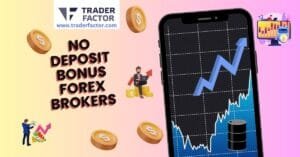Is Forex Trading Profitable? When it comes to Forex, there are a lot of different things that you need to take into account in order to be successful. You need to have a firm understanding of what Forex is, how it works, and the risks involved.
Table of Contents
ToggleBuying And Selling Currencies
When trading Forex you need to know which currency pairs are the most profitable to trade, how to buy and sell currency for profit, and when is the best time to buy or sell them. In this blog post, we will provide you with a guide for forex trading for beginners.
We will teach you everything that you need to know in order to get started in online Forex trading. Read on.
What Is A Currency Pair?
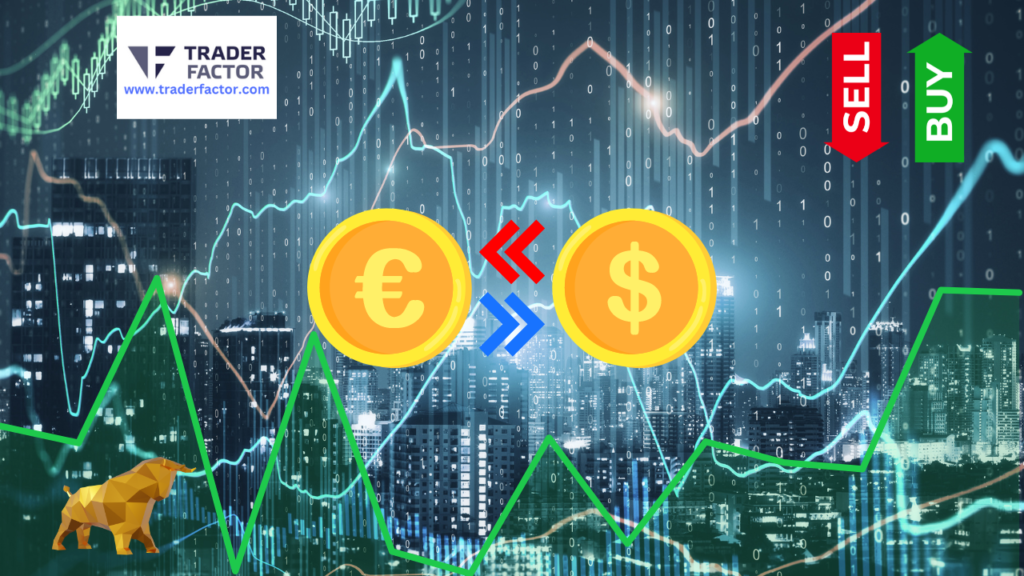
A currency pair is an exchange rate of two different currencies. In the forex market, traders buy and sell currency pairs to profit from fluctuations in the exchange rate. Major currency pairs are the most traded pairs and generally include the US dollar paired with the euro (EUR/USD), pound (GBP/USD), and Japanese yen (JPY/USD).
Minor currency pairs are similar to exotic pairs but involve less-known currencies such as the GBP/CAD or NZD/JPY. Foreign exchange traders must understand how each pair moves as they all have distinct liquidity, volatility, spreads and trading hours.
Exotic currency pairs involve trading one major currency against a second country’s currency, such as the USD against the Mexican peso, Malawian Kwacha, or Thai Baht.

How Do You Know Which Currency Pairs To Trade With?
To understand the concept of buying and selling currencies and know which currencies to trade, we will demonstrate this with the following examples.
Imagine you’re an investor who trades in the Forex (foreign exchange) market specializing in the EUR/USD pair (Euro to US Dollar). You make your decisions based on various factors that influence exchange rates.
- Inflation: If the inflation rate in the Eurozone is lower than in the U.S., the value of the Euro may increase relative to the dollar. This is because a lower inflation rate increases the purchasing power of a currency. If you anticipate this, you might buy Euros now expecting to sell them later at a profit when their value rises.
- Interest Rates: Suppose the European Central Bank announces an increase in interest rates. Higher interest rates often attract foreign investors looking for better returns, increasing demand for the Euro and potentially raising its value against the dollar.
- Public Debt: If the U.S. government’s public debt increases significantly, global investors might lose confidence in the American economy and reduce their holdings of dollars, thereby depreciating the value of the dollar against the Euro.
- Political Stability: Suppose there’s political turmoil in Europe affecting economic stability. As a result, investors might flock to the perceived safety of the dollar, causing the Euro to depreciate.
- Economic Indicators: Announcements from organizations like the Federal Open Market Committee (FOMC), Job Openings and Labor Turnover Survey (JOLTS), and Consumer Price Index (CPI) reports can impact exchange rates. For instance, if the FOMC signals a potential hike in interest rates, it could strengthen the dollar against the Euro. Similarly, higher than expected job openings reported by JOLTS could signify a robust U.S economy, potentially boosting the dollar. Conversely, a high CPI might indicate rising inflation, which could weaken the dollar.

As a currency trader, you need to keep an eye on these factors and more to make informed decisions about when to buy or sell your chosen currency pairs.
Knowing which currency pairs to trade with is one of the keys to successful Forex trading. The most important factor in selecting a pair is determining how much risk you’re willing to take. A higher level of risk usually means more profitable trades, while a safer approach may lead to lower returns but also involve less volatility.
It’s also important to understand which pairs are correlated with each other and keep track of economic and geopolitical events that can move the markets. Getting familiar with technical indicators can help identify trends and indicate when it might be best to enter or exit positions.
By doing your forex research and understanding the basics of how the Forex markets work, you will have a better idea of which currency pairs are right for you.
What Happens When You Sell A Currency Pair?
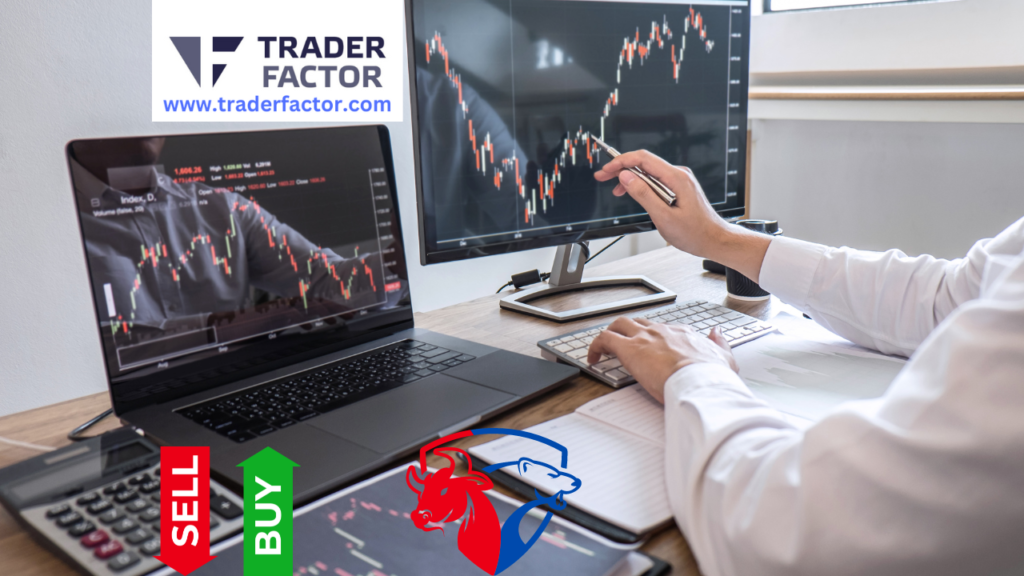
When you sell a currency pair, you are hoping that the base currency will lose value relative to the quote currency.
Example 1
For example, if you sell the EUR/USD pair and it falls in price (the Euro decreases in value), then you can close out your position with a profit.
Conversely, if the price of this pair rises (the Euro increases in value), you can end up making a loss. In either case, when selling a currency pair, you will need to be aware of the potential risks involved and take care to avoid risking more than you can afford to lose.
Example 2
Let’s say you’re an investor who specializes in the GBP/USD pair (British Pound to US Dollar). You’ve been keeping an eye on various factors that influence exchange rates, such as interest rates, inflation, political stability, and economic reports.
The Bank of England announces a cut in interest rates. This often leads to a decrease in the value of the pound as lower interest rates can deter foreign investors, leading to less demand for the currency.

You also observe that the U.S. Federal Reserve signals it may hike interest rates soon, which could potentially strengthen the dollar.
Based on these factors, you anticipate that the value of the pound will fall against the dollar. As such, you decide to sell your GBP/USD pair. This means you are selling British Pounds and buying U.S. Dollars. You’re essentially betting that the pound will depreciate against the dollar.
Down the line, if your prediction is correct and the value of the pound falls relative to the dollar, you can buy back the GBP/USD pair at a lower price, pocketing the difference as your profit.
However, if the pound strengthens against the dollar despite your predictions, you’ll end up with a loss. This highlights the risk and uncertainty involved in forex trading, and the importance of being well-informed about the factors that influence currency exchange rates.
Which Currency Pair Is The Most Profitable?
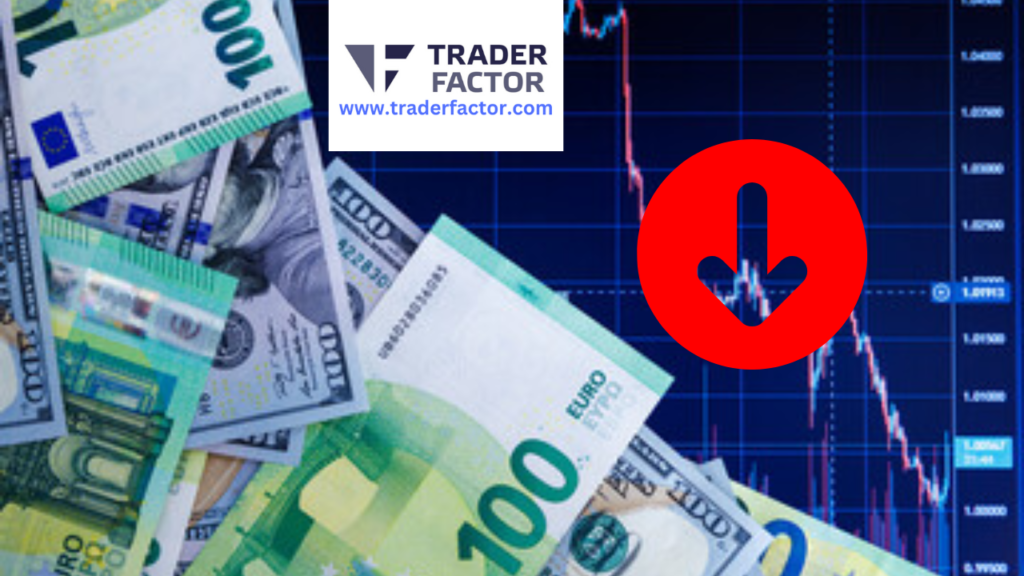
Most beginner forex traders often wonder, how much do forex traders make a day? Or, how much can you make with $1000 in forex?
There isn’t just one currency pair that is the most profitable to trade; it all depends on a trader’s unique needs. Forex trading is an attractive way to make a passive income without taking large risks in global markets.
While some traders like to trade in the extremely volatile environment offered by exotic pairs, others favor the highly liquid market conditions offered by main competitors. Hence, when it comes to deciding which currency pair is the most profitable, there isn’t a single answer that fits every person’s needs. Ultimately, it depends on different factors such as financial goals, risk appetite, and knowledge of international markets.
To be successful, traders must consider all of these factors when selecting a currency pair and remain informed about the associated risks in order to maximize their potential returns on investment.
Let’s demonstrate this with an example.
Imagine you’re a forex trader who specializes in the EUR/USD pair. At the start of the trading day, the exchange rate stands at 1.2000, meaning it costs 1.20 US dollars to buy one Euro.

You’ve been closely monitoring various economic indicators and notice that the European Central Bank (ECB) is expected to raise interest rates while the Federal Reserve in the U.S. plans to keep rates steady. Higher interest rates can attract foreign investors looking for better returns, potentially increasing the demand for the Euro and raising its value against the dollar.
Based on these indicators, you anticipate that the value of the Euro will rise against the dollar. As such, you decide to buy 100,000 Euros at the current EUR/USD exchange rate of 1.2000, spending 120,000 dollars.
Later in the day, your prediction turns out to be correct. The ECB announces a hike in interest rates, leading to an increase in the EUR/USD exchange rate to 1.2050. Now, you decide to sell your Euros back into dollars at this new rate.
Your 100,000 Euros are now worth 120,500 dollars, a profit of 500 dollars from your initial investment of 120,000 dollars. This example demonstrates why the EUR/USD pair can be profitable due to its large trading volume and potential for significant price movements based on economic factors.

However, it’s important to note that forex trading involves substantial risk of loss and is not suitable for everyone. Traders should carefully consider their investment objectives, level of experience, and risk appetite before participating in the forex market.
How Do You Know Which Currency Pair Will Go Up Or Down?

Determining which currency pair will go up or down can be tricky for even the most experienced investors. Fortunately, some key indicators to watch can help you make more informed decisions when it comes to trading in the foreign exchange market.
Fundamental analysis is one way of predicting price movement by examining economic and political news, comparing countries–for example, their GDP growth rate–and looking at trends across different markets.

Technical analysis involves analyzing charts and historical data to spot trends and anticipate shifts in forex rates. Several helpful tools like market indexes, pivot points, and moving averages can help determine when to buy in forex or when to sell a given currency pair.
When Should You Buy Or Sell Currency Pairs In Online Forex Trading?

Deciding when to buy or sell in forex trading involves many different variables and can be quite complex. It is important that forex traders understand the forex buy/sell signals, foreign exchange market conditions, timeframes, and potential return on investment (ROI) before deciding when to trade.
Most people recommend monitoring news events and international banking activity as financial markets tend to react in response to such events. Many veteran forex traders also suggest that they only try to enter the trading arena with a well-thought-out plan and an understanding of global macroeconomic events. This includes the calendar of upcoming economic data releases, policy decisions, and other news events.
By carefully considering these factors, it is possible to maximize profits when you buy and sell currency online and make sound decisions regarding which currency pair to buy or sell at any given time.
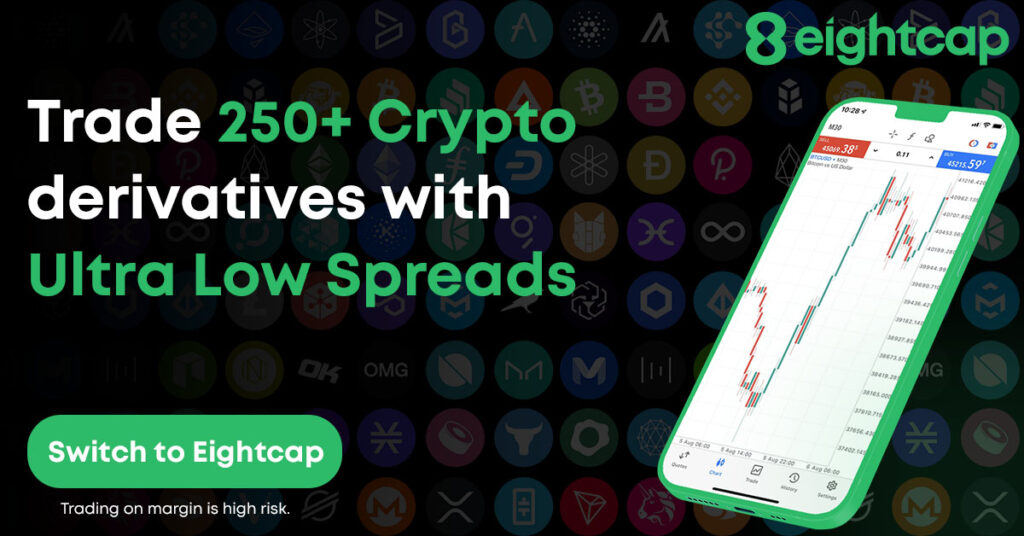
What Are The Best Currency Pairs To Trade At Night?
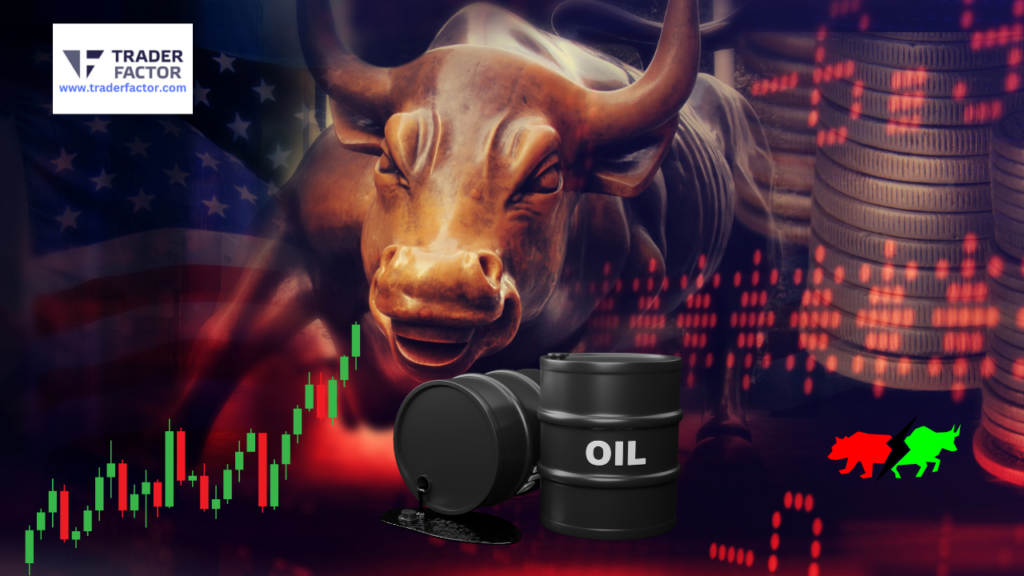
For traders looking to take advantage of the liquid, volatile currency markets at night, there are a few particularly attractive pairs to consider. The US Dollar and Japanese Yen crossover rate (USDJPY) is typically one of the most active currency pairs overnight, offering up opportunities for intraday CFDs traders or those with a scalping strategy.
Meanwhile, the GBPUSD rate often moves gradually at night due to its low volatility – making it well-suited for more patient investors who focus on longer-term trends.
However, no matter which currency pair a trader chooses to work with, understanding all related economic news that could affect prices is paramount for successful night trading.
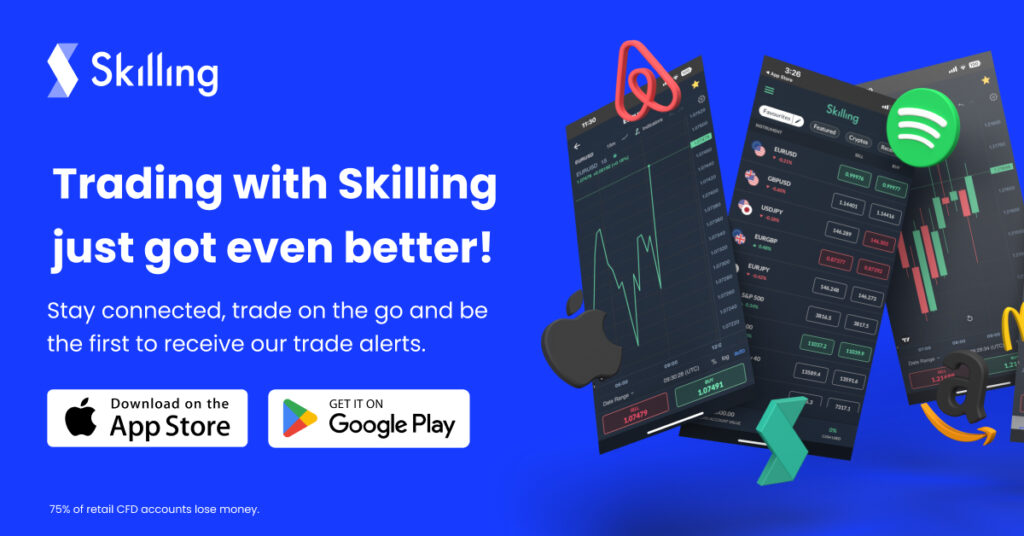
Summary
Forex, or foreign exchange currency, is a global market where currencies are traded. It is the largest and most liquid financial market in the world. Investing in Forex is one of the best ways to diversify your portfolio and maximize returns with relatively lower risk. However, you need to understand what forex is, how it works, and the risks involved. Learning how to trade foreign currency exchanges can seem intimidating – especially for new traders. We hope this forex buy and sell explained article has enriched your knowledge of forex rates, trade, and how to buy and sell dollar online against other currencies.
Disclaimer:
All information has been prepared by TraderFactor or partners. The information does not contain a record of TraderFactor or partner’s prices or an offer of or solicitation for a transaction in any financial instrument. No representation or warranty is given as to the accuracy or completeness of this information. Any material provided does not have regard to the specific investment objective and financial situation of any person who may read it. Past performance is not a reliable indicator of future performance.

